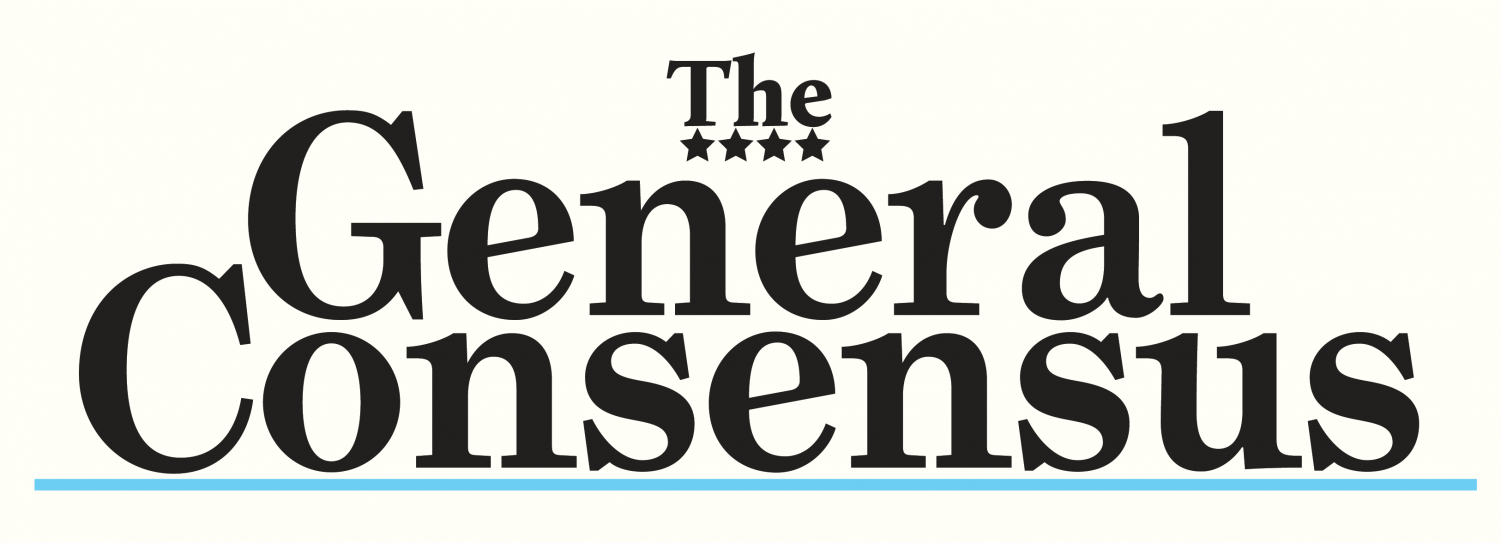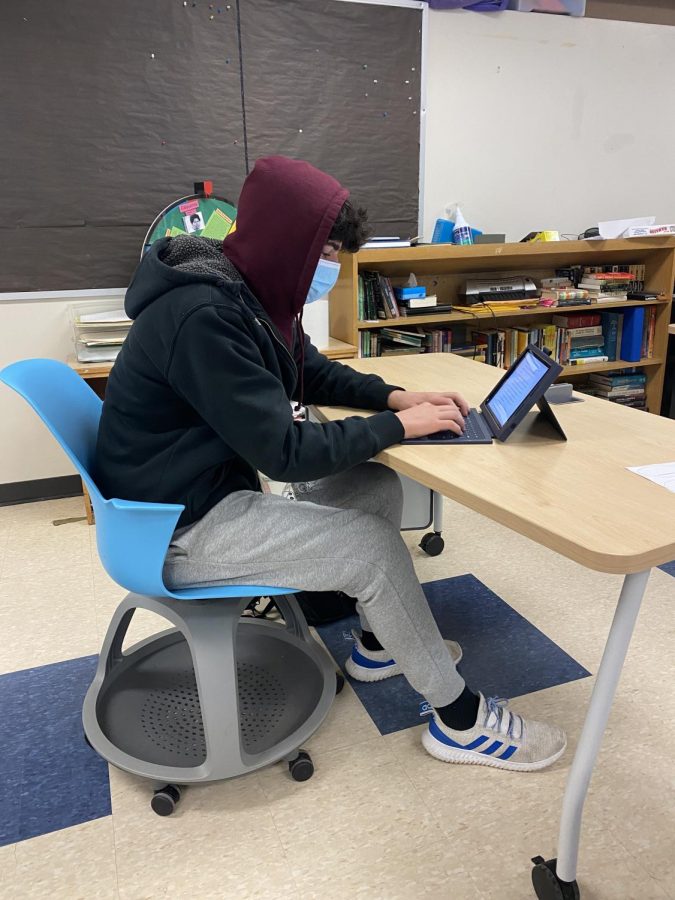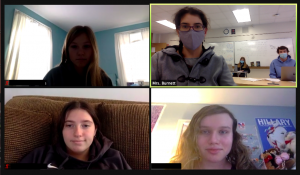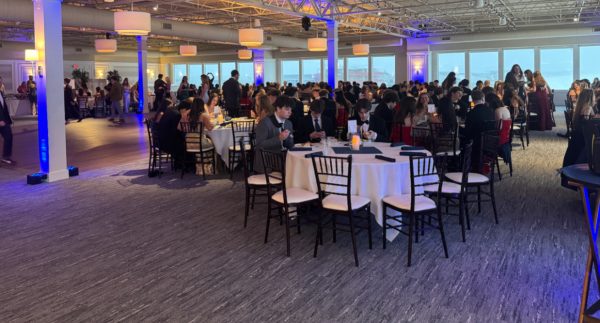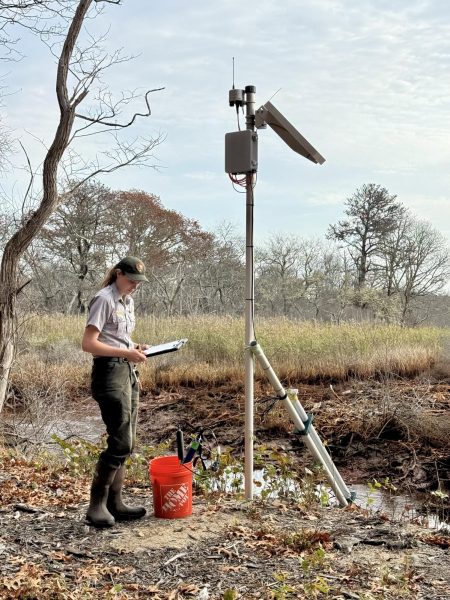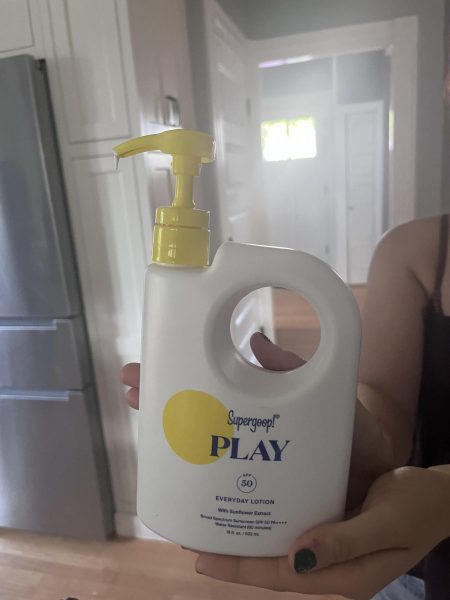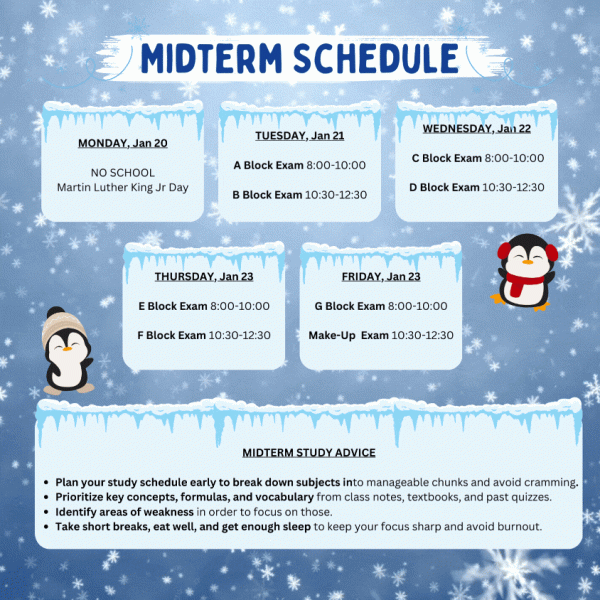The Push for Students to have More Live Instruction
Hamilton-Wenham Regional High School student doing his classwork in school while in the hybrid model.
On December 10, 2020 the state released a memorandum stating that “fully remote students will now have 35 hours of live instruction every ten days.”
Student voice has been an issue on a school and regional level but now it has reached a state level with the decision to make this push for more live instruction. This decision was made with little understanding on how students feel about this issue. This is not only because of the lack of initiative to reach out to students but also because students are not stepping up to express their feelings on the subject.
When speaking with Hamilton-Wenham superintendent Mary-Beth Banios she stated that “there is usually a student representative on the state board of elementary and secondary education…but the vast majority of people on that board are adults.”
Students are the most important factor yet there isn’t an option for students to be a part of this decision making. The only way to understand how this will help a student is if they experience online education first hand. The assumption that students are not getting as much schooling as they should be is understandable but students are still actively learning without zooms by doing independent work.
Banios understands that “being on a zoom for 6 or 7 hours a day is a remarkably challenging task” but she also “[appreciates] that they’re trying to quantify how to best capture the amount of synchronous and in person learning but it is often challenging because schools don’t run in those nice neat packages”.
In these very difficult times everyone is doing all that they can to make students’ education better but the best way to understand how to do so is to speak with students from all different schools to understand what they need as a community.
Charlene Fibbe, a senior at Hamilton-Wenham Regional High School, expresses her main concern with the memorandum- “I haven’t had the opportunity to build relationships with my teachers because I am not seeing them 4 times a week like before. It’s not like kids are interacting on zoom, it’s more of students just listening to teachers talk which is not beneficial for anyone.”
The state is attempting to allow for more in person time with teachers but this may not be the right way to do so.
Fibbe also believes that “Wednesday is a day for recollecting ourselves and having the opportunity to have more one-on-one time with our teachers”, but now with the need to zoom students will be forced back into listening to a lecture rather than building a better relationship with their teachers so that they can approach them when they need some extra help.
Banios also has concerns about the quality of these required interactions- “I have concerns that there is absolutely nothing within these regulations that speak to the quality of these interactions.”
There is no clear right answer to the hurdles that are needed to overcome in education during COVID-19 but the state needs to be open to learning how to do better. Many concerns have already been rising before the school has introduced this new model but there is no place for a student to express those concerns. On the website for Massachusetts Elementary and Secondary Education there is an email for parents and guardians to direct their questions as well as another email for district and school staff’s questions but nowhere for students to be in contact. The best way to develop a good course of action is to open it up for students to voice their concerns and needs.
Abbey Crocker is a high school senior at HWRHS who enjoys her treasurer position in student council, volunteering locally, and staying active by playing...

